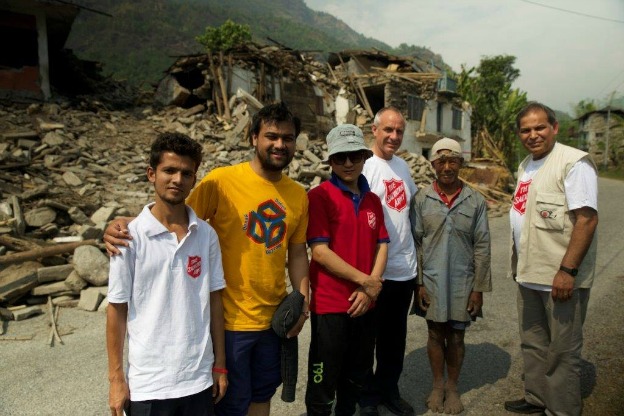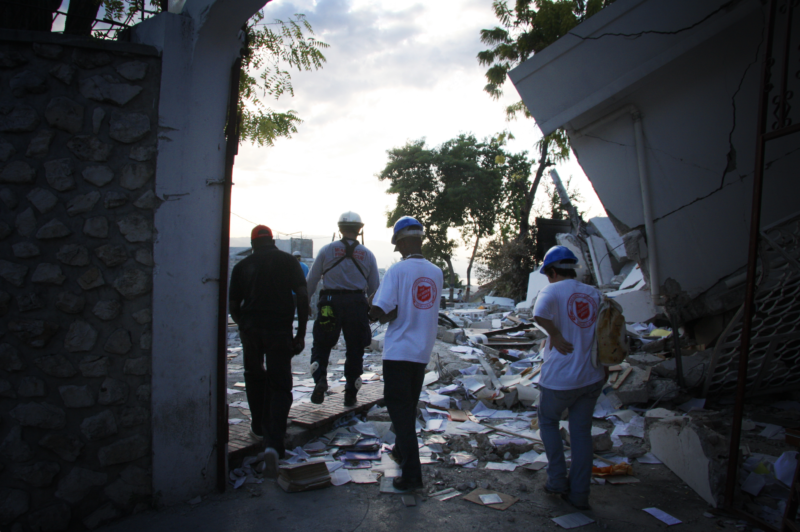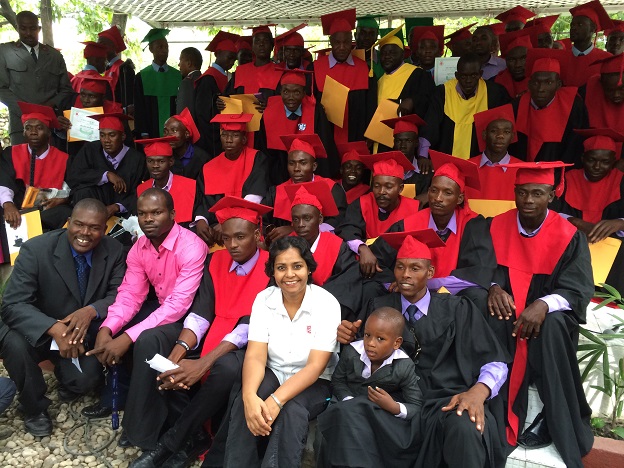Salvation Army Emergency Response in Nepal

May 13- Another massive earthquake has struck the foothills of the Himalayas in Nepal and The Salvation Army’s response continues to grow.
Urban support, in Kathmandu, Bhaktapur and Lalitpur, is centered around camps for displaced people, including camp management roles and the provision of food and water. In rural areas, The Salvation Army is supplying food and shelter to remote communities in Ramechhap and Sindhupalchok Districts and around Ghorka.
One truck of relief items has made its way to Nepal from India that includes 700 12-litre boxes of water and 130 boxes of noodles. These items are mainly used for the camps The Salvation Army is involved in and for small scattered shelters. Another truck with 300 tarpaulins for shelter is on its way from Kolkata.
Food assistance has been provided to more than 700 households in Kathmandu, Bhaktapur, Lalitpur and Sindhupalchok. The food parcel typically consists of rice, dhal (lentils), oil and salt. Another distribution planned for Ramechhap will provide food parcels to 280 additional households.
Through partners The Salvation Army has also been able to secure tarpaulins, distributing 131 so far. Another 70 are already assigned for distribution.
Shelter remains a major concern, especially with the monsoon season approaching. One thousand high-quality, weatherproof tents have been ordered in Pakistan and, thanks to assistance from the international logistics company UPS, they will be transported to Nepal shortly. It has been possible to source food items locally, which is the ideal solution.
The Salvation Army has been asked to take on the responsibility of managing a number of camps providing support including food, shelter and non-food items.
A new project in the far north of Ghorka will help 8,000 people with food and shelter. It will be implemented in cooperation with MountainChild, a local non-governmental organization (NGO), which has access to the helicopters needed to reach some of the most remote areas.
In Sindhupalchok, food has already been distributed – along with some non-food items such as solar lamps – and plans are being put in place to provide shelter to 1,000 households.
The Salvation Army continues to carry out its response as part of the bigger humanitarian operation and is therefore making an effort to coordinate on national as well as district levels. It is registered as the main relief agency in certain VDCs (village development councils) and attends eight of the clusters organized by the United Nations to ensure effective cooperation and coordination.
Click here to donate to the relief efforts.



